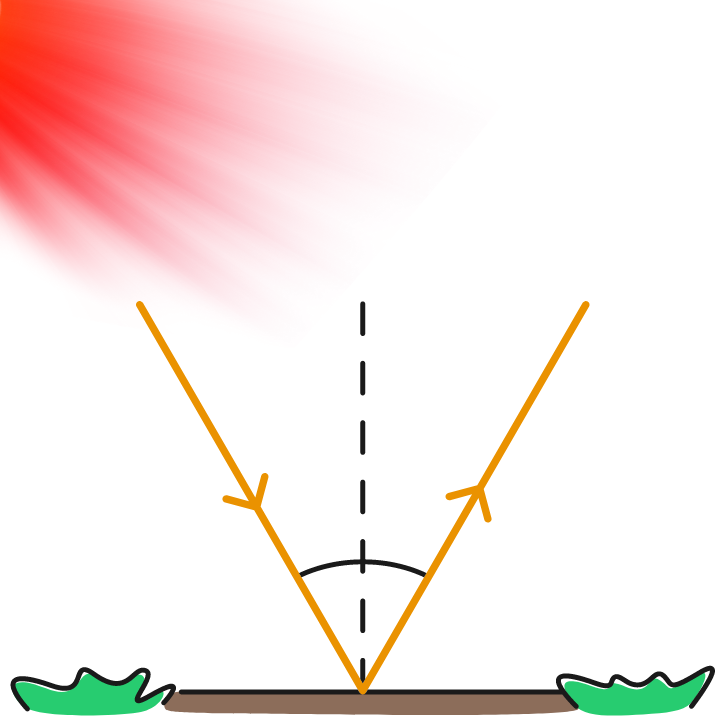Flash Card

Alkaline earth metals have valency 2. This means that their position in the modern periodic table is in......... .
2/50

Electronic configuration of element X is 2, 8, 2. It belongs to............ in the modern periodic table.
6/50

A student was asked to select two elements in a periodic table. He selects neon and argon. In both these elements, the number of electrons in the outermost shell is......... .
16/50

According to Mendeleev's prediction, what is the nature of the oxide formed by the element eka-aluminium?
28/50

The element eka-silicon in Mendeleev's periodic table is known as .............. in the modern periodic table.
34/50

In modern periodic table, the number of groups and periods are ......... and ........... respectively.
36/50


